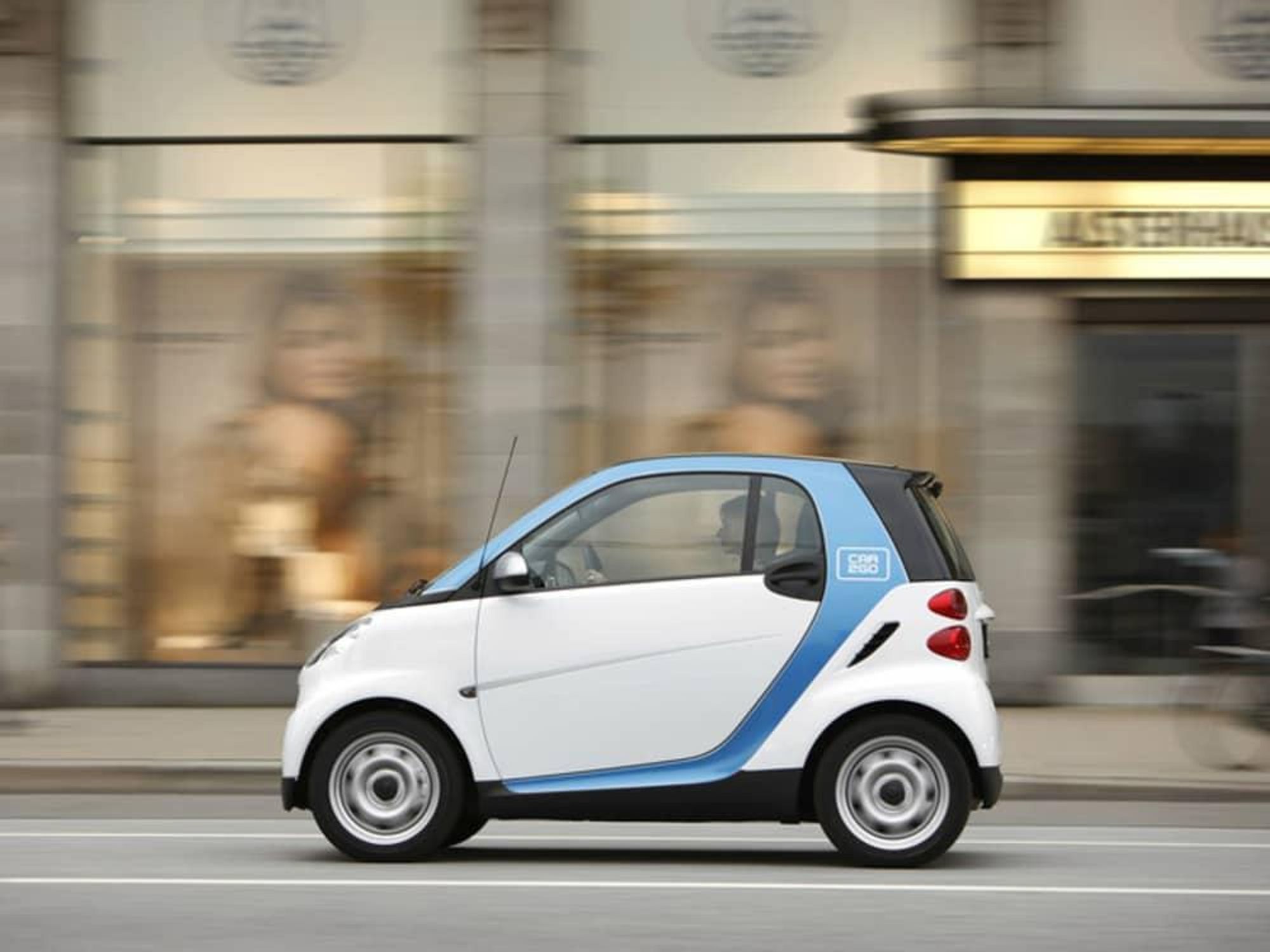Tooting Our Horn
Ridiculous report names Austin the best city to live without a car

If you’ve ever tried to get around Austin without a car, you’ll probably need to stifle a hearty laugh about the findings of a new report on transportation. The report anoints Austin as the top car-free city in the U.S.
Yep, you read that correctly. Austin — where we scream constantly about jammed traffic on I-35 and MoPac — is the No. 1 city for leading “full and engaged lives without owning a car,” the report’s authors say.
The report, written by the nonprofit U.S. PIRG Education Fund and the Frontier Group think tank, ranks 70 major U.S. cities based on the number of transportation innovations available to residents, such as car-sharing, ride-sharing, bike-sharing and taxi-ordering services. Austin emerged as the only city to offer all 11 tech-oriented transportation options evaluated by the researchers.
The report hails Austin as a “pioneer of tech-enabled transportation,” citing breakthrough initiatives such as the car2go car-sharing service, the Austin B-cycle bike-sharing program and the RideScout transportation-finding app.
Reacting to the report, city council member Greg Casar told USA Today, “People want all different sorts of transportation options. We need to give them all the opportunities and options to get around however they want to.”
Austin topped the ranking, followed by San Francisco and Washington, D.C., with Boston, Los Angeles and New York tying for fourth place.
Not surprisingly, New York’s Village Voice alternative weekly scoffed at Austin’s placement above the Big Apple.
“Come on. New York must be an easier place to live without a car than Austin, right?” the Village Voice groaned. “And worse, New Yorkers know that few things are more insulting than being considered equally innovative as ... Boston and L.A.”
The indignant Village Voice reached out to U.S. PIRG for an explanation.
“It certainly isn’t the case that this is ranking how easy it is to get around without a car — if it was, Austin would be nowhere near New York City,” U.S. PIRG’s transportation director, Phineas Baxandall, told the publication. “It’s about the importance of these tools in making it easier for people to not own a car.”
But if these tools were making it so easy to not own a car in Austin, why are there so many cars on I-35 and MoPac? Perhaps we can turn to Baxandall for the answer. “In Austin, these tools are needed,” he said, “because [public transit] systems are woefully insufficient.”
Few people in Austin would argue with that, particularly given the region’s lack of a full-fledged rail system and the region’s less-than-perfect bus system. But Baxandall does express hope for Austin and its alternative-transportation-friendly counterparts.
“The cities in this report should be proud of helping to bring new transportation choices,” he said in a news release. “These new tech-enabled options will play a big role in defining what our cities look like in the years to come.”
